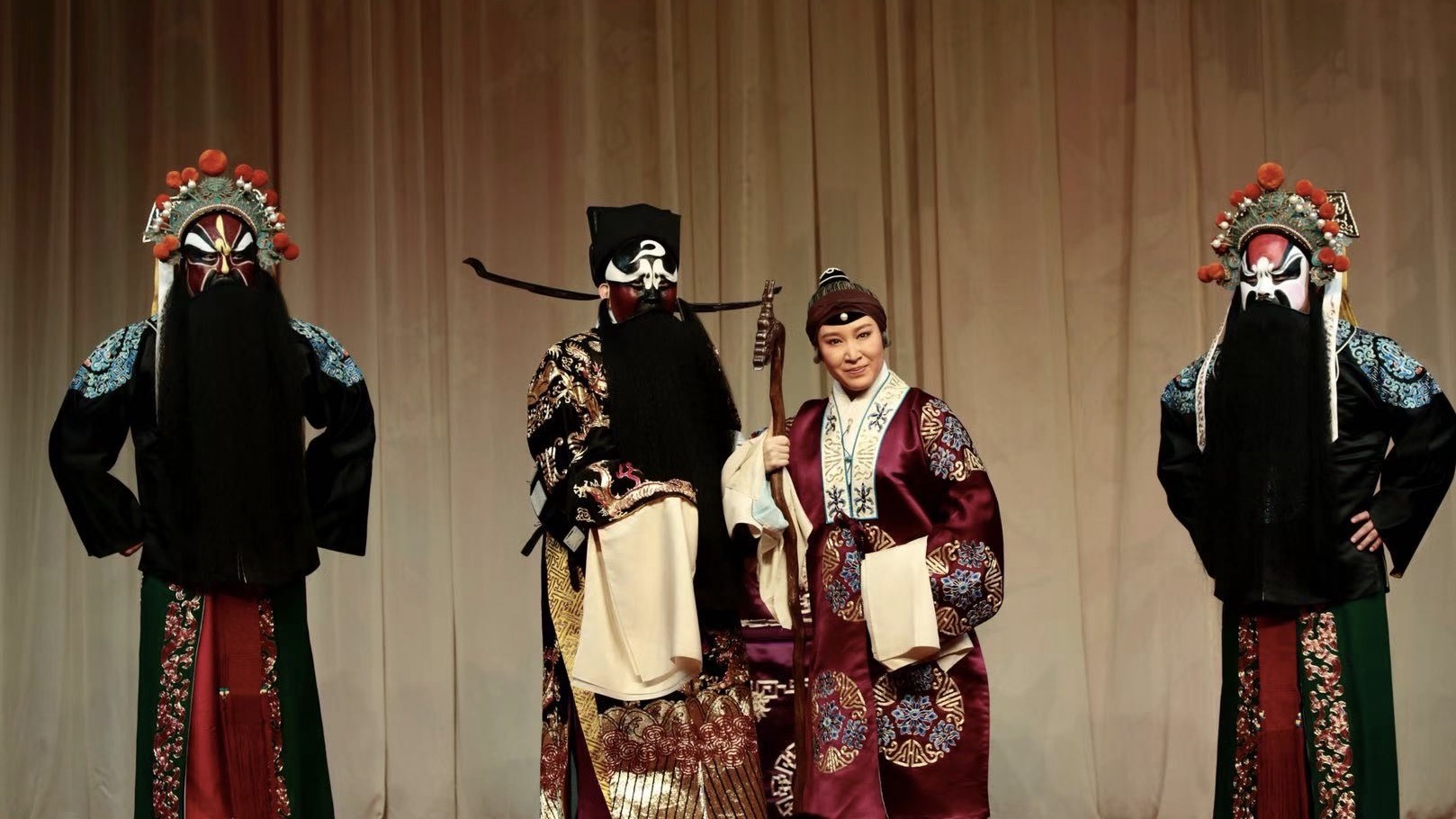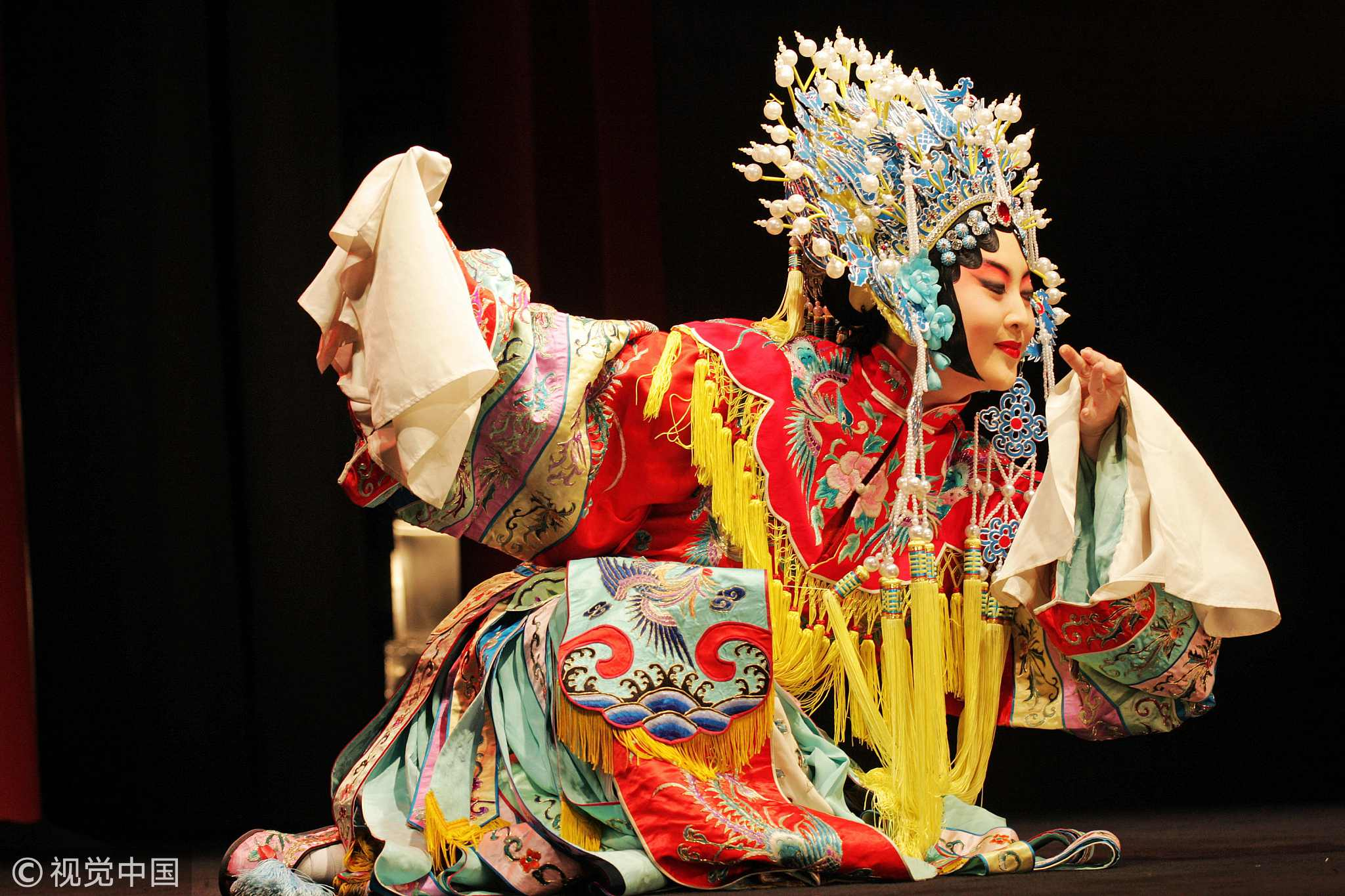


The costume box first appeared in the Ming Dynasty, and was greatly improved in the Qing Dynasty.īeijing Opera's Performers have two main methods of makeup: masks and facial painting. The making of opera costumes is a special and unique stagecraft. In the early days, opera costumes were mainly made of wool or coarse cloth later, satin, crepe and silk were used, decorated with various meticulously embroidered patterns. That are called Xingtou or Xifu in Chinese.

Until recently, even that of the female or feminine character was played by a male actor.Ĭostumes are an integral part of the Beijing Opera performance. All but the second portray a male or masculine character. These roles have the natural features of age and sex, as well as social status, and are artificially exaggerated by makeup, costume and gestures. There are four roles in Beijing Opera - Sheng(a male role, usually a leading one), Dan(female roles), Jing(painted-face roles) and Chou(Clown role). Beijing Opera underwent fast development during the reign of Emperor Qianlong and the notorious Empress Dowager Cixi under the imperial patron, eventually becoming more accessible to the common people. Its main melodies originated from Xipi and Erhuang in Anhui and Hubei respectively, It is believed that Beijing Opera gradually came into being after 1790 when the famous four Anhui opera troupes came to Beijing. Beijing Opera Theatres:īeijing opera or Peking opera is a kind of Chinese opera and has a 200-year-long history.

Beijing Opera is so popular among the people and regarded as one of the cultural treasures of China. with its fascinating singings, unfolding stories, exquisite costumes, mysterious masks, graceful gestures, artistic accompanying musics and unique Opera houses. If you want to taste of the orthodoxy Chinese national opera, Beijing Opera is must the first choice all. Beijing Opera Show and Tickets Booking Reviews:


 0 kommentar(er)
0 kommentar(er)
